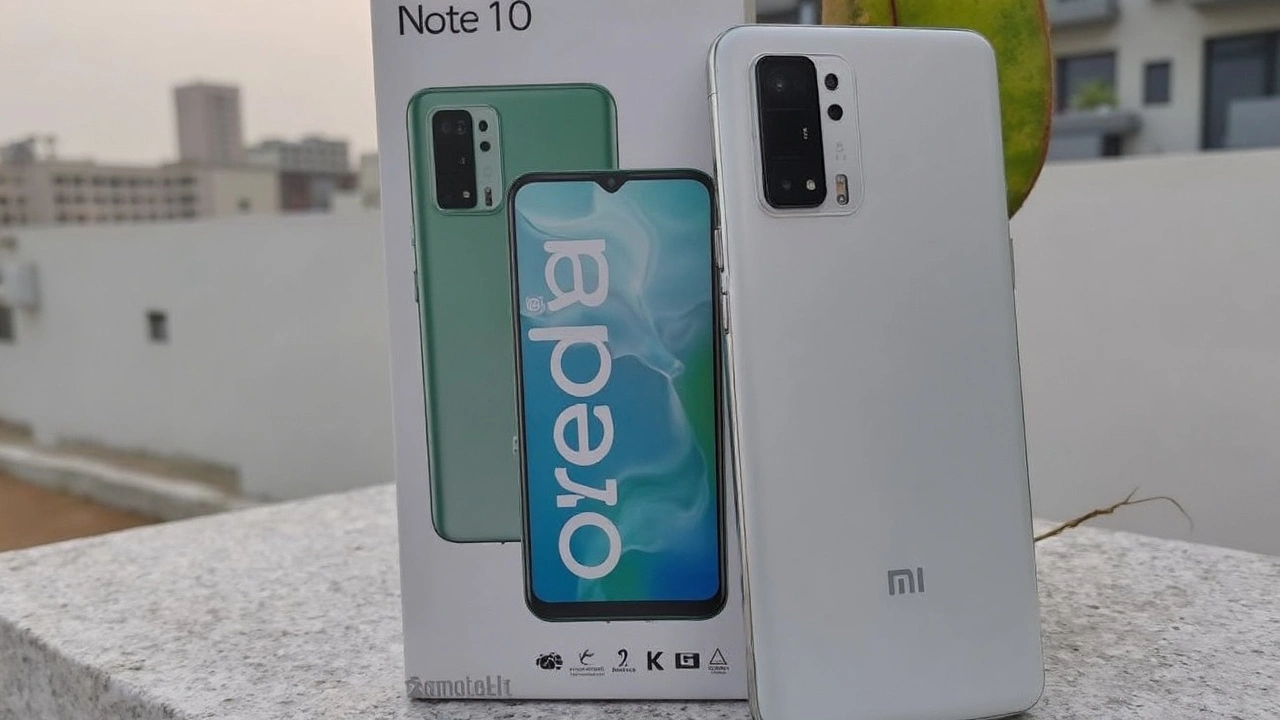AMOLED Display: Simple Guide and Tips
Ever wondered why your phone looks so vivid at night or why the black on a new TV looks like a blackout? That's the magic of an AMOLED display. In plain English, AMOLED stands for Active‑Matrix Organic Light‑Emitting Diode, and it’s a type of screen that lights up each tiny pixel on its own. No backlight, no extra layers—just pure light where it’s needed.
How AMOLED Works
Picture a grid of tiny organic LEDs. When electricity flows through them, they glow. Because each pixel is independent, the screen can turn off pixels completely for true black, which is why contrast ratios look so crazy high. The “active‑matrix” part means a thin film transistor (TFT) controls each pixel, allowing fast refresh rates and smooth motion. The organic material inside the LEDs emits light in different colors when driven at different voltages, giving you that punchy color palette.
Since there’s no backlight, AMOLED panels are thinner and lighter than LCDs. They also use less power when you’re looking at dark themes because black pixels are essentially off. That’s why many Android phones push dark mode to save battery on AMOLED screens.
Getting the Most Out of Your AMOLED Screen
Even though AMOLED screens are awesome, they have a few quirks you should know. One common worry is burn‑in—the ghost of a static image that sticks around after you’ve left it on for too long. The risk isn’t huge for everyday use, but it helps to rotate wallpapers, use auto‑hide for navigation bars, and avoid leaving a bright static image for days on end.
Another tip: keep brightness at a comfortable level. High brightness doesn’t kill the panel, but it can accelerate wear on the organic material. Many devices now have an “adaptive brightness” feature that tweaks the light based on ambient conditions—let it do its job.
If you love gaming or scrolling through TikTok, look for an AMOLED panel with a high refresh rate (90 Hz or 120 Hz). The fast matrix can switch pixels quicker, giving smoother motion and less blur. HDR support is also a plus; it lets the screen show deeper highlights and richer shadows for movies and photos.
When you’re shopping for a new phone or TV, check the resolution (Full HD, QHD, or 4K) and the color gamut (like DCI‑P3) if you care about accurate colors. Most flagship phones already hit these marks, but budget models might settle for lower specs.
Finally, a quick maintenance habit: clean the screen with a microfiber cloth and a little water or a screen‑safe cleaner. Avoid harsh chemicals that could damage the protective coating. Your AMOLED will stay bright and crisp for years if you treat it right.
So, whether you’re picking a new phone, upgrading a TV, or just curious about why your screen looks so good, remember that AMOLED gives you deep blacks, vivid colors, and a thin profile by lighting each pixel individually. Use dark mode, keep an eye on static images, and enjoy the punchy visuals—it’s a technology that’s built to impress.
Redmi Note 10 Review: Is This the Best Budget AMOLED Phone for You?
Redmi Note 10 packs a 6.43-inch AMOLED screen, Snapdragon 678 processor, 48MP quad-camera, 5000mAh battery, and 33W fast charging. With glass back, water resistance, and a price starting at ₹10,599, it's one of the most attractive budget smartphones—especially for anyone wanting an AMOLED display. Competing options include the Note 10S, Realme 8, and Samsung M12.





